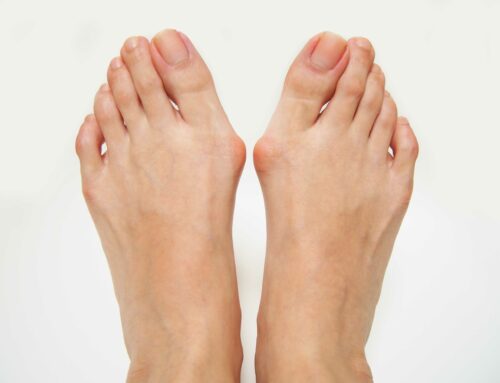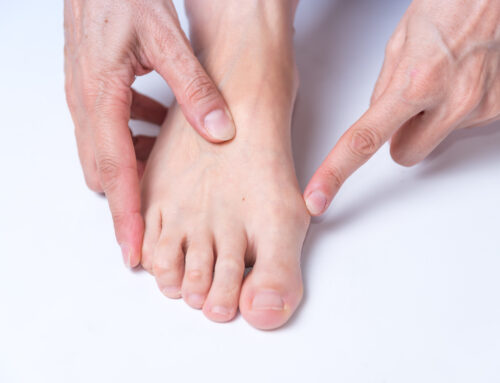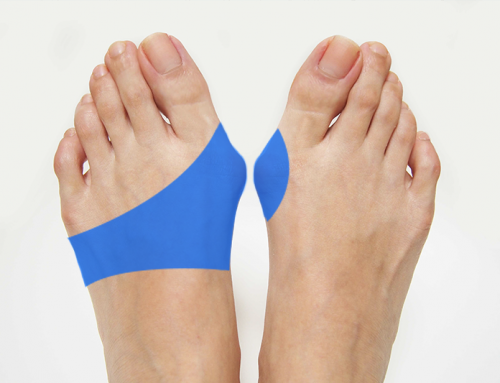That painful bony protrusion on the side of your foot is what medical professionals like to refer to as a bunion. Bunions are typically found on the sides of the foot near your big or pinky toes and can cause a great deal of discomfort, interfering with everyday tasks, if not addressed. While there are pain relievers and tools on the market that can be used for the short-term management of bunion pain, these do not treat bunions at the source. Untreated bunions can make walking, driving, and even wearing normal shoes difficult, leading most patients to require surgery. But “how long does bunion surgery take?” The answer to this question is determined by the type of surgery that one chooses to undergo.
Bunion Surgery
There are two types of bunion surgery: traditional bunion surgery and minimally invasive bunion surgery. While both of these procedures treat bunion pain at the source and typically offer permanent relief for many patients, they are both very different from one another. Patients looking to undergo surgery for the treatment of bunions should understand the many differences in each procedure and their pre-operative and post-operative recovery times.
The first type of bunion surgery, conventional bunion surgery, is described by many patients and physicians as one of the most painful surgeries that one can undergo. In addition to the pain, this procedure requires a postoperative recovery time of about 6-8 weeks, in which patients are limited in the type of physical activities they can do. Patients typically cannot walk or drive on their own and are often required to wear a cast or boot for several weeks after surgery. Additionally, patients must care for stitches that must be left in place for weeks and are unable to get wet.
Patients who undergo conventional surgery for the treatment of bunions are at a higher risk for a variety of complications, including long-term or permanent scarring, limited mobility after surgery, infection, and complications with the healing of bones. Invasive surgeries such as conventional bunion removal procedures put patients at high risk for pain and difficulty healing and resuming normal activities long after a procedure is complete. After undergoing traditional bunion surgery, patients should not drive until six weeks post-operation, however, for many patients, it takes a little longer to feel comfortable operating a vehicle, especially if surgery was done on their dominant foot.
Minimally Invasive Bunion Surgery
Minimally invasive bunion surgery is the second type. This is a relatively newer procedure when it comes to the surgical treatment of bunions, and is widely considered to be a better option for patients wanting to treat bunion pain at the source. During the procedure, patients receive local anesthesia, and a small incision is made in the foot. The surgery is conducted through this tiny opening using a specially designed surgical tool. Once the operation is complete, a small bandage is applied to protect the surgical area. The entire process, including pre-operative preparation and post-operative recovery, takes less than 90 minutes. For the most common bunion procedure, the actual surgery typically lasts only 20-30 minutes.
Minimally invasive bunion removal surgeries allow patients to return to their daily lives free from pain sooner, with a minimal recovery process. Patients are able to walk and drive immediately after surgery, and can wear normal shoes and resume all normal activities within about a week.
If you have been wondering “how long does bunion surgery take?” and are looking for the quickest procedure available, minimally invasive bunion surgery might be your best option.
Contact The Bunion Cure Today
At The Bunion Cure, our expert team has years of experience in ambulatory surgical care and specializes in the treatment of bunions. Our minimally invasive surgery for bunion removal near Englewood, CO allows you to return to your daily routine almost immediately with minimal disruption, with the average procedure lasting a total of 90 minutes. Contact us today for more information!
Want to hear from someone who has gone through our minimally invasive procedure? Read real patient testimonies here!

Reviewed By Dr. Sullivan
Dr. Jordan Sullivan, DPM, is a board-certified podiatrist at Northwest Surgery Center specializing in minimally invasive foot and ankle procedures. He’s passionate about helping patients get back on their feet faster with less downtime.
Learn more about Dr. Sullivan here.





